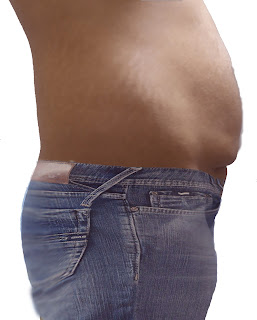5 Tips For Period Cramp Relief At Home
5 Yoga Poses For Period Cramp Relief At Home
Introduction:
Bloating, cramping, headaches during that time of the month
sounds familiar ladies? Indulging in cravings like caffeine, alcohol and
chocolates may feel satisfying at that moment but it’s not!
5 Yoga Asanas to relieve you of this painful period cramping.
- SUPTA BUDDHA KONASANA OR RECLINED BOUND ANGLE POSE: Lie down on your back and use a pillow to support your lower back. You can even practise this on your bed. Bend your legs and spread open the knees, with the feet touching each other. Place your hands on your navel, close your eyes, and stay here for around a minute, continue breathing through the nose. Slowly relax and release the legs. This variation of the butterfly pose is really beneficial for lower back pain and cramps. It works on the uterus and gives it some relief from the pain.
- UPAVISHTA KONASANA OR SEATED ANGLE POSE: Sit up on your sit bones, and spread your legs open. Straighten the back and slowly start walking your hands in front of you on the floor lowering the upper body. If possible try to hold the toes with your hands, otherwise, stay up to whatever point you're comfortable. Hold here for 5-7 breaths and relax. This asana stretches the reproductive region and helps release the pain through the hip opening.
- HAPPY BABY POSE OR BALA KRIDASANA: Lie down on your back, and lift the legs off the floor. Bend the knees towards the armpit, with the shin perpendicular to the floor. Grab the inner arches of your foot from the inside with your hands. Stay here for 8-9 breaths and slowly release. This asana is amazing to open up the hips and pelvic floor gives a good activation to the abdominal organs and relaxes muscle contractions.
- MATSYASANA OR FISH POSE: Cross your legs and lie down on your back. Placing the knees on the floor, lift the head and place the crown of the head on the floor. Place your hands on your thighs and stay here for 5-7 breaths. Slowly release your head, come up and then release the legs. This pose eases out lower back pain and cramps and helps remove the stiffness from the hips.
- ANANTASANA OR SLEEPING VISHNU POSE: Lie down on the left side of the body, and place your left hand above your ears. Lift the right leg up, and grab the toes or ankle. Stretch the leg up and straighten the knee. Stay here for 5-7 breaths and repeat on the other side. Anantasana helps open up the pelvic floor and hips and gives a great stretch to this region. It helps balance menstrual disorders if done over a period of time as well.
Conclusion:
These yoga asanas for period cramp relief have restorative and therapeutic qualities to
ease off the pain. So keep it slow-paced and relaxed.



